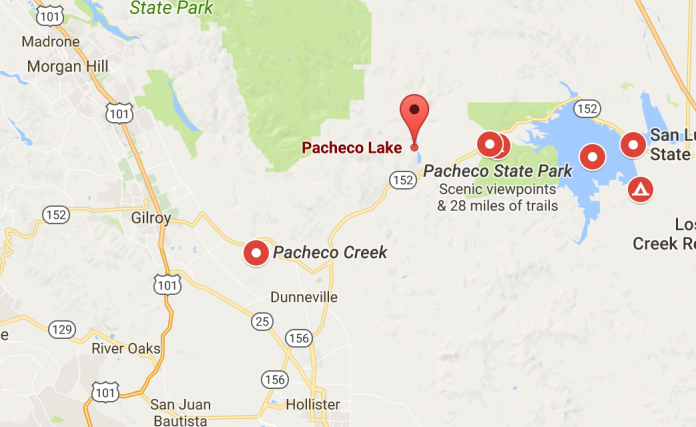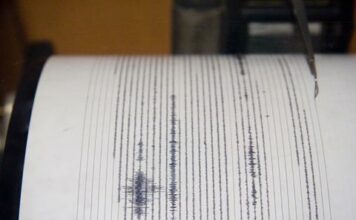In the wake of half a decade of drought and torrential rains last winter, the Santa Clara Valley Water District is proposing an $800 million dam that will make the Pacheco Reservoir 25 times bigger and ease droughts and floods, the district says.
The reservoir off Highway 152 near Casa de Fruta supplies water to Santa Clara, San Benito, Santa Cruz and Monterey Counties. This would be the county’s first big water project since it built Uvas Reservoir in 1957.
“We would have a large reservoir we could depend on for a long period of time,” said Melih Ozbilgin, the project’s manager who is working to meet an Aug. 14 deadline to apply for funding from the California Water Commission. “It has the potential for reducing floods downstream when the rains come from the hills and it will relieve us from having to use ground water in times of drought.”
One of the problems during the drought was that water started tasting and smelling bad because of algae blooms at the San Luis Reservoir, which would be helped by having more available fresh water.
The reservoir now holds 6,000 acre feet of water and would increase to 141,600 acre feet. An acre foot is 325,851 gallons, or roughly the amount of water a family of five uses in a year.
Ozbilgin said the expanded reservoir would also help revive the steelhead trout population in Pacheco and Uvas creek, something that will help the district get as much as half of its funding from a state grant set aside to save wildlife.
The current reservoir sits behind a 100-foot dam and doesn’t provide enough water to recharge underground supplies. The new one would be built behind a 325-foot-high earthen dam that would be filled from water in the San Luis Reservoir and from the Delta.
“We can take water from the Delta and pump it gravity fed into Pacheco Reservoir to store water in wet years and use it in dry years,” said Marty Grimes, a Valley Water District spokesman.
Ozbilgin said the 1,385 acre lake will provide a buffer between water rapidly streaming from the mountains during floods, reducing the flow into the Pajaro River by 8 to 10 percent during the biggest 50 and 100 year droughts.
The district has been campaigning for local support from area city councils and residents.
“We want the public and newspapers and electeds and cities to send letters of support to the California Water Commission,” Ozbilgin said. “The more reliable the water supply, the better for us to manage groundwater, so during droughts we won’t have to depend on the groundwater.”















